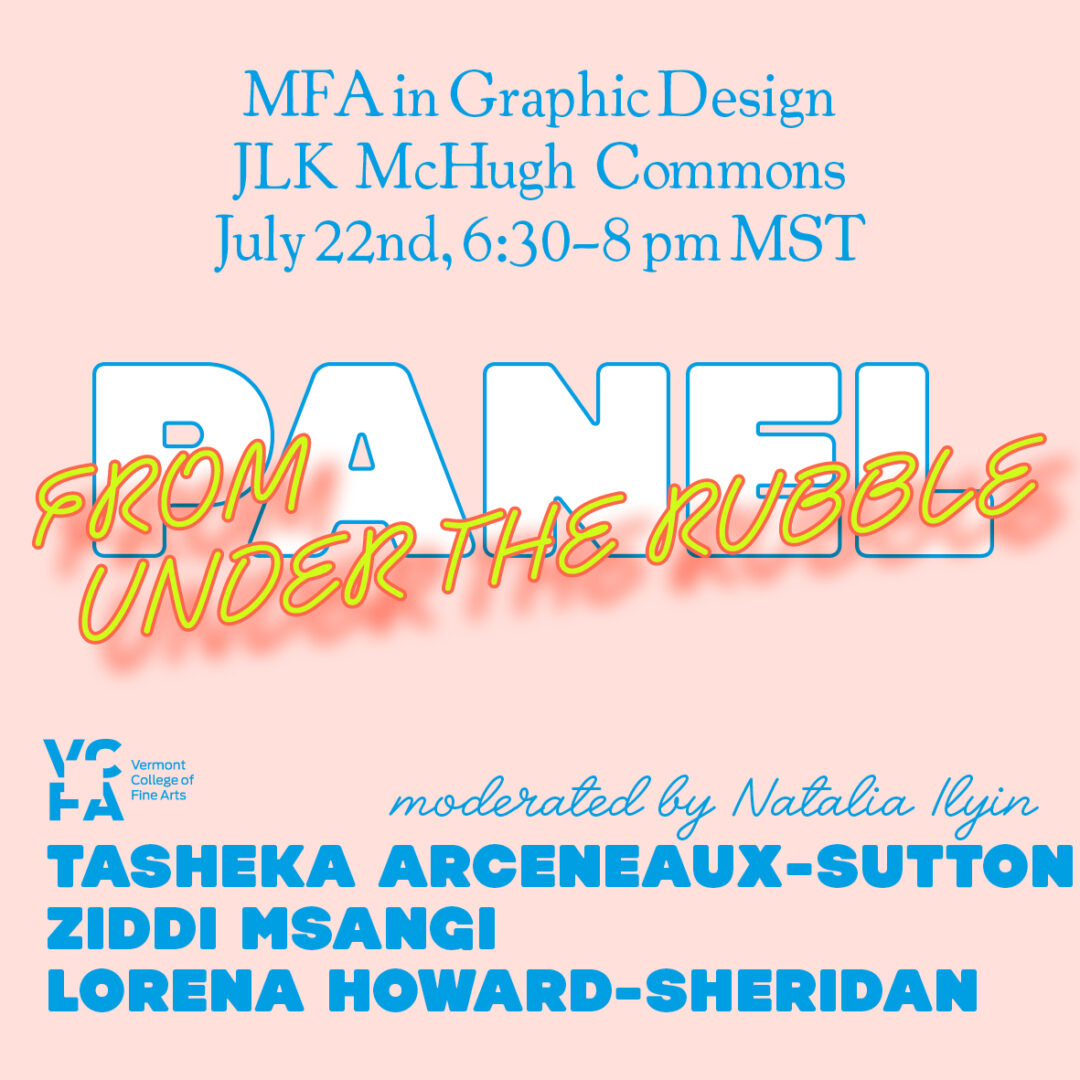
From Under the Rubble Faculty Panel
July
22
6:30 pm - 8:30 pm MDT
- This event has passed.

When the brain registers disparate stories about a topic, it invents a construct into which those stories fit in order to avoid cognitive dissonance. Such construct-making can have good effects, like giving you the impression that you are the same person today that you were yesterday, or binding a group of people together by giving them a shared view of the world. And it can have bad effects, like stereotyping, gender bias, and endemic racial prejudice.
People interested in design’s past are currently unearthing huge swaths of information that went missing in the last hundred years of storytelling about what design is and has been. This unearthing has thrown the teaching of design histories into reverberating dissonance. The original, Eurocentric construct has been torpedoed, but a shiny new construct is not readily available—and may never be.
How do you construct a group of stories that give a student an understanding of what has gone before them? How do you prepare them to get the reference, recognize the dropped name and what it signifies? How do you help them find a shared heritage in 11-15 weeks without resorting to building your syllabus around the Tome of Design History?
This panel will discuss practical ideas on what might go into a design history syllabus, or might be added to studio classes—to provide students with history not scattershot, but structured.

